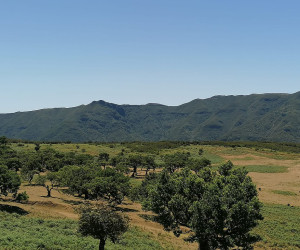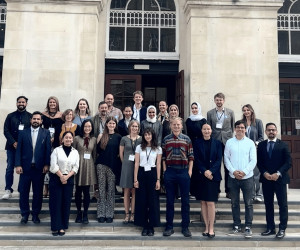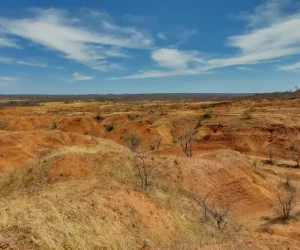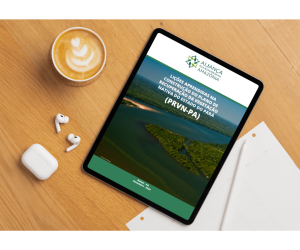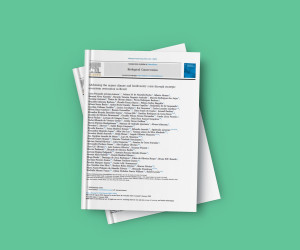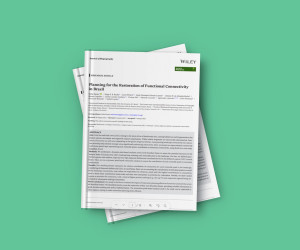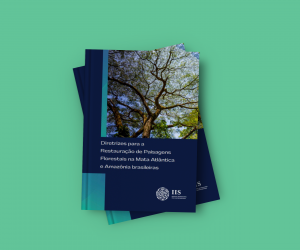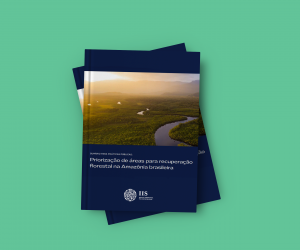Publications > Summary
Summary for public policies: prioritizing areas for forest recovery in the Brazilian Amazon
To identify priority areas for forest recovery in the Amazon, the approach considers the potential benefits of recovering deforested areas by focusing on biodiversity conservation and climate change mitigation, as well as the reduction of costs. Through the formulation and evaluation of alternative scenarios – including both scenarios that focus on maximising each benefit or reducing costs individually, and conciliation scenarios that seek an optimal and balanced solution among all benefits and costs – the approach describes trade-offs and synergies between benefits and costs of forest recovery.
In the Amazon, the areas with the greatest potential to contribute to biodiversity conservation are more expensive to recover than the areas with the greatest potential to mitigate climate change, revealing a trade-off between these benefits. The conciliation scenario considering all benefits and costs provided the most cost-effective solution, presenting: (i) the second lowest total cost, 6.5% more expensive than the scenario that aims only at reducing costs; (ii) the second highest potential for carbon sequestration, 76% of the estimated potential for the scenario that maximizes only the mitigation of climate change; and (iii) the second greatest potential for reducing risk of species extinction, 45% of the estimated potential for the scenario that maximizes biodiversity conservation only.
“through the identification of priority areas for…”
“through mapping of priority areas for…”

